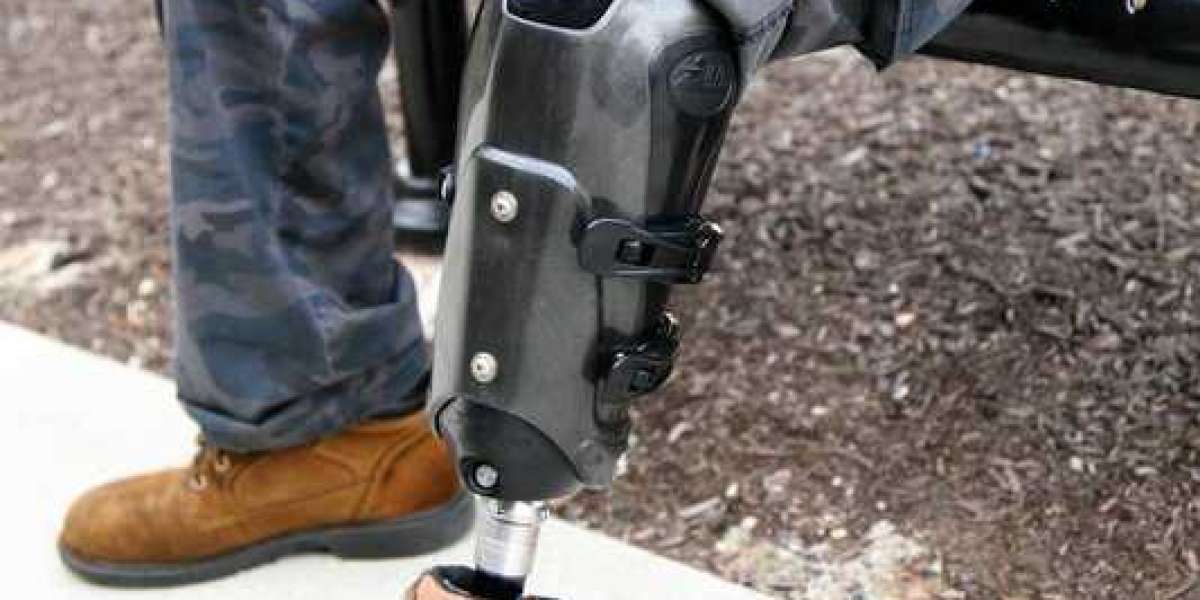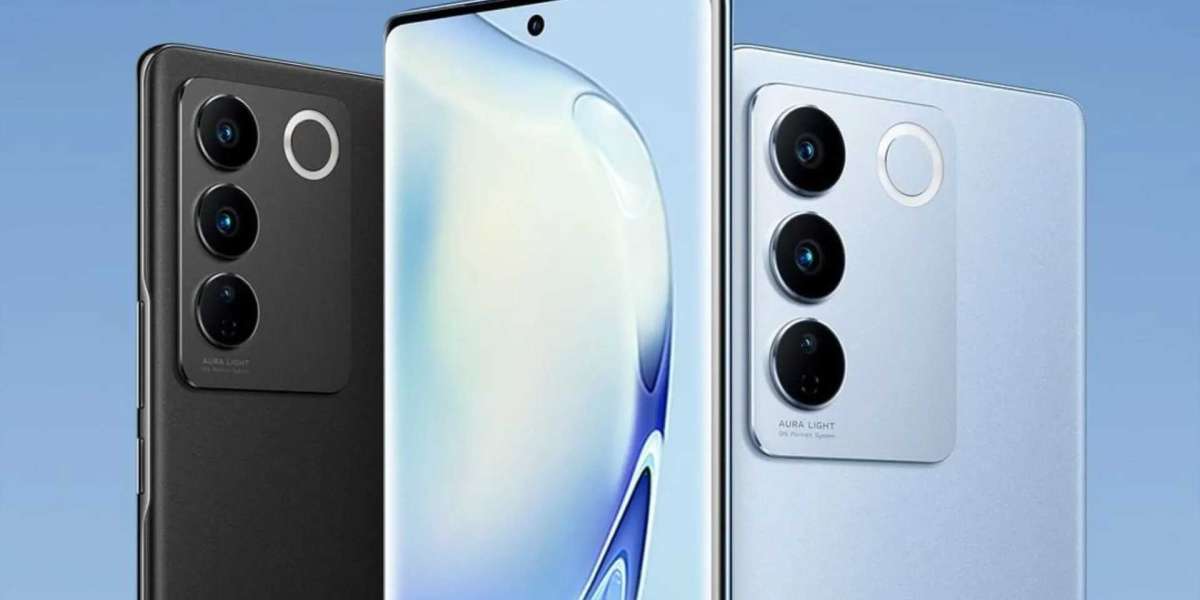Introduction:
In the world of prosthetics, achieving a comfortable and secure fit is paramount. The process of fitting prosthetics has come a long way, with advancements in technology and design that have greatly improved the quality of life for amputees. One such breakthrough is the development of adjustable prosthetic sockets, a game-changing innovation that offers adaptability, comfort, and a more personalized fit. This article explores the significance of adjustable prosthetic sockets in fitting prosthetics and how they are revolutionizing the lives of amputees.
Fitting Prosthetics: The Challenge:
Fitting a prosthetic limb is a meticulous and crucial process. The goal is to provide amputees with a device that not only compensates for their lost limb but also integrates seamlessly into their daily lives. A poor fit can lead to discomfort, skin irritation, and difficulty in mobility, negatively impacting an individual's quality of life.
The Birth of Adjustable Prosthetic Sockets:
Adjustable prosthetic sockets represent a breakthrough in the field of prosthetics. These innovative sockets are designed with adaptability in mind, allowing for on-the-fly adjustments to accommodate changes in the residual limb's size and shape. Unlike traditional sockets that require frequent replacements or costly modifications, adjustable sockets offer a more cost-effective and convenient solution.
Customizable Comfort:
The key feature of adjustable prosthetic sockets is their customization. These sockets are engineered to fit a range of residual limb sizes and shapes. By utilizing adjustable components and materials that mold to the wearer's unique contours, amputees can experience a tailored and comfortable fit like never before. The ability to make fine-tuned adjustments ensures that the prosthetic remains snug and secure, reducing the risk of complications associated with poor fitting prosthetics.
Adapting to Change:
One of the primary advantages of adjustable sockets is their adaptability. Residual limbs may experience fluctuations in size due to factors like weight loss or gain, changes in physical activity, or medical conditions. Traditional prosthetic sockets might require frequent adjustments or replacements to accommodate such changes. Adjustable sockets, on the other hand, can be modified by the user or a prosthetist with ease, saving both time and money.
The Impact on Quality of Life:
The introduction of adjustable prosthetic sockets has a profound impact on the quality of life for amputees. These sockets provide a level of comfort and customization that was previously unattainable. Amputees can now enjoy activities and mobility without the constant worry of ill-fitting prosthetics. The convenience of making adjustments as needed also reduces the overall cost and hassle associated with maintaining a prosthesis.
Future Possibilities:
The future of prosthetics is an exciting one, filled with potential breakthroughs. Some of the emerging trends and technologies that may shape the field include:
Smart Prosthetics: The integration of sensors and microprocessors into prosthetic devices allows for real-time monitoring and adjustments. These smart prosthetics can adapt to the user's gait, detect changes in terrain, and provide a more natural and responsive walking experience.
3D Printing: The use of 3D printing technology in prosthetics has already made customization more accessible. In the future, this technology could further revolutionize prosthetic design, enabling quicker and more affordable production of highly customized devices.
Advanced Materials: Ongoing research into lightweight and durable materials, such as carbon fiber and high-performance plastics, will continue to improve the strength and comfort of prosthetic limbs.
Biomechanical Advances: Researchers are working on developing prosthetics that mimic the natural movements of the human body more closely. This can lead to improved balance and mobility for amputees.
Osseointegration: Osseointegration is a surgical procedure that involves implanting a prosthetic directly into the bone, creating a more stable connection. This technology is still evolving and holds promise for enhanced comfort and function.
Conclusion:
The development of adjustable prosthetic sockets represents a significant leap forward in the field of fitting prosthetics. These innovative devices offer a level of comfort and adaptability that was once considered a distant dream. With adjustable sockets, amputees can experience a truly personalized fit, ensuring that their prosthetic limb becomes a seamless and integral part of their lives. As technology continues to advance, it is likely that we will see further improvements in prosthetic fitting, ultimately empowering amputees to lead more fulfilling and active lives. Adjustable prosthetic sockets have undoubtedly changed the game, making a brighter and more comfortable future for amputees a reality.







